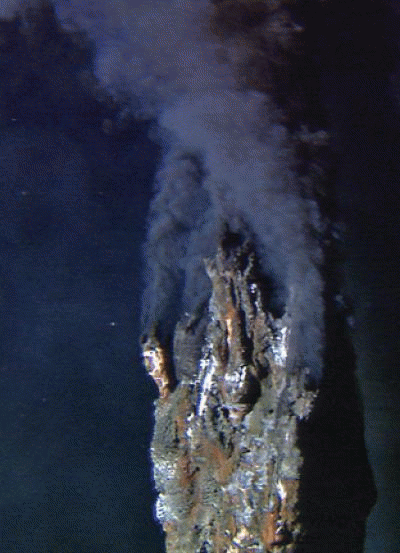We often hear that solar and wind power are the future of renewable energy, and of course they're important. Important, though, is not enough.
We live in a 24/7 society, but neither wind nor solar are 24/7 sources. If you've ever used your computer or turned on a light on a windless night, whether you're aware of it or not, the power is coming from a conventional power plant, fired either by fossil fuels, hydroelectric, or by nuclear power.
That's the reality we're facing no matter how much we invest in solar and wind. The technologies simply don't work when the wind and sun are down. While that's obvious to anyone who's ever been outdoors, policymakers and those who have huge amounts of money at stake would prefer that the issue remain unaddressed. You simply can't turn up the sun or wind with demand.
They have another problem as well. If you've ever seen a wind farm or a commercial solar system, you know they take huge tracts of land, necessary because the energy source they're tapping is not very dense. At best, it takes a whole lot of real estate to gather enough power to make a difference - assuming, of course, that the source of the needed energy happens to be available at that moment.
Hydrothermal Vents Are the Solution
Hydrothermal vents are naturally occurring geysers of superheated water, found along Mid-Ocean Ridges. These are points along the Tectonic Plates, huge tracts of the Earth's crust that move continents around, found where the plates are pulling away from each other. As the crust stretches and weakens, new volcanic crust from the earth's molten core, the magma, rises to create new crust.
Because the vents are very deep, around 2,300 m (7,500 feet), the ambient pressure of the ocean is enormous. That pressure continuously forces seawater into cracks and fissures in the sea floor where it eventually contacts the magma, is heated, and then is returned to the ocean as an uninterrupted and uninterruptible geyser of superheated fluid at temperatures up to 400o C (750o F), hot enough to melt lead. Those geysers are the hydrothermal vents.Although the vents were first confirmed in 1977 and their energy content was immediately apparent, no one had the slightest idea how to utilize this massive energy output. They remained untouched and untouchable at the bottom of a frigid ocean.
Until now.
The Marshall Hydrothermal Recovery System
One night I was watching a National Geographic special on the ocean. Lots of things were discussed, and during a short segment on hydrothermal vents the narrator stated that the energy escaping from just the known vents is about 17 million megawatts, or roughly equivalent to the entire human consumption on the planet.
My first thought was that it was a terrible shame that such abundant energy could not be utilized. Then, as if an invisible hand from a V-8 commercial reached through the screen and slapped me on the forehead, a second thought occurred just a few seconds later which answered the question. Why can't it be used?
In that instant the Marshall Hydrothermal Recovery System was born, a ludicrously simple response to a complex problem. While all previous thought had focused on how to sink a generator to the bottom of the ocean, utilize it effectively and service it, the solution is far simpler.
The Marshall System caps the vent(s) with an insulated pipe, which then ducts the fluid to the surface. A platform similar to that used in oil exploration is stationed above the vent, and the generators are located there, where they're easy to service and access. Undersea cables are then used to bring the power to shore. You can see an animation that completely describes the process here.
From the standpoint of physics, the only thing the fluid is being asked to do is to stay hot and rise. You can't get much simpler than that.
(Note: You can view every article as one long page if you sign up as an Advocate Member, or higher).





